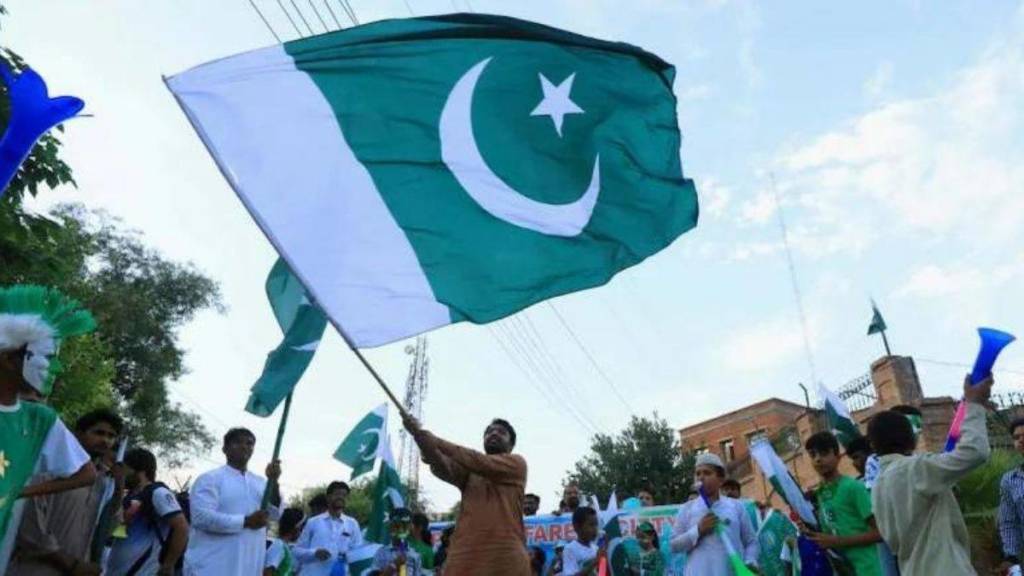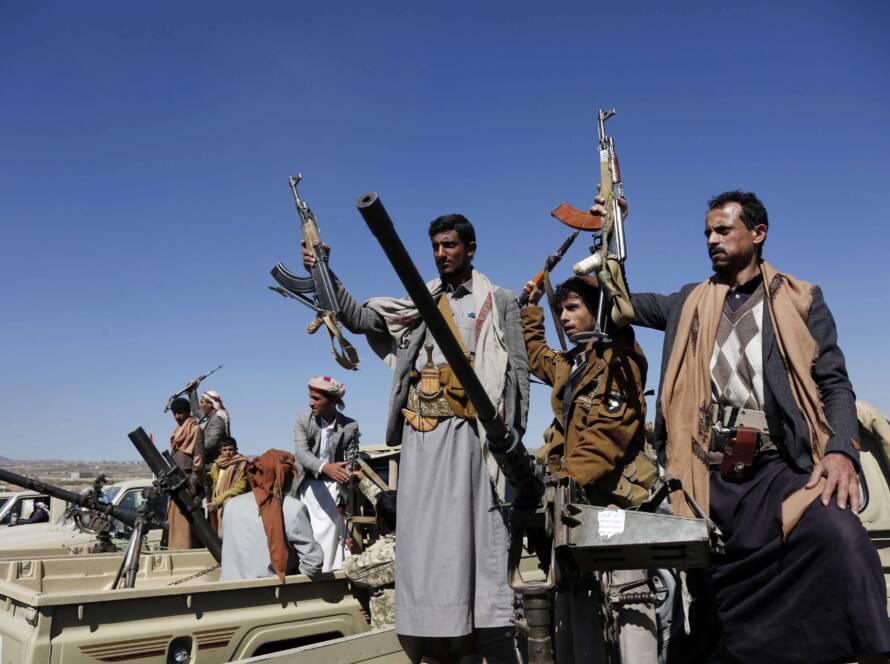By Muhammad Aftab Alam

Covid19-related restrictions have devasted the world’s most vulnerable economies. The situation has essentially worsened since the Russian invasion of Ukraine, crushing countries whose Gross Domestic Product depends on exports of single-source goods and services such as tourism, imports of essential goods such as fuel and gas, and sustained inflows of foreign funding, loans and remittances. Being a tourism-dependent and imports-based economy, Sri Lanka appears to be the first casualty of this economic meltdown.
Pakistan is facing a similar situation, chiefly due to rising prices of essential commodities like petroleum, edible oil, wheat and other basic food items in the international market, not to mention increasing trade deficits, deficits in the balance of payments and mounting public sector debt. The country has seen a massive depletion in Foreign Direct Investments over the last three years. The freefall of the rupee against the dollar has heightened the risk of default, while political turmoil has added much uncertainty to the financial market.A country of more than 220 million people, Pakistan will need 29 million tons of wheat this year for domestic consumption. However, it is projected to produce only 26 million tons. The country may also face a shortfall in the production of export crops like rice and mangoes due to a severe water shortage from its rivers, a lack of rains, and drastic changes in weather patterns. Rising electricity tariffs and load-shedding may also impact the country’s exports, specifically of textiles, sports items, surgical equipment and other manufactured items.
To put the crisis unfolding now in perspective, the country’s fiscal deficit is expected to exceed 5 trillion rupees, while its revenues are likely to be less than 7 trillion rupees. What this means is that unless immediate drastic steps are taken to rescue the economy from possible collapse, Pakistan may head towards a Sri Lanka-like situation.
To be sure, this is not the first time Pakistan has encountered such a situation. As a result of decades-long instability, a lack of long-term sustainable economic reforms and the imposition of sanctions via the Pressler Amendment, Pakistan reached the verge of collapse in 1999. The imposition of further sanctions and a freeze on all in-country foreign currency accounts in the aftermath of nuclear tests in May 1998 worsened its troubles.
With a Gross Domestic Product of around USD 62 billion at the time, Pakistan received a mere USD 1 billion as workers’ official remittances. Moreover, foreign direct investment inflows amounted to less than half a billion US dollars. Complicating matters further, the installation of a military government in October 1999 resulted in the imposition of even further sanctions. As a result, “[t]he country… faced a gap between external receipts and external payments of about $ 2.5 billion to $ 3 billion annually for the next few years… Credit rating agencies downgraded the Sovereign Credit of Pakistan to Selective Default Category.”[1]
Facing imminent collapse, Pakistan approached the International Monetary Fund (IMF) and managed to get a “heavily front-loaded” loan assistance of USD 1.56 billion. Not long after, “the IMF was able to complete all the reviews successfully and all the tranches were released on time. [As a result], IMF agreed to follow-up with a three-year Poverty Reduction and Growth Facility (PRGF).”[2] The results were visible enough. Pakistan’s agricultural and industrial input increased during this period. By June 2001, its exports had risen to USD 9.2 billion.
It is pertinent to mention that countries like the Kingdom of Saudi Arabia (KSA), the United Arab Emirates (UAE) and China played a pivotal role in charting Pakistan out of this crisis. The KSA provided free oil facilities to Pakistan for strategic infrastructure after it conducted nuclear tests in 1998. The KSA and the UAE also extended oil import facilities on a deferred payment basis after 9/11. China’s support for Pakistan at all international forums including the United Nations Security Council remained consistent. The two countries would go on to sign the China-Pakistan Economic Corridor (CPEC) in the second decade of the century.
Sri Lanka seems to be in a similar situation, probably worse than where Pakistan was in 1999. What can it do? In the short run, it must approach and engage with financial institutions like IMF. This has more or less been done already. Regional allies also need to be approached. That, however, would require political consensus and stability at home.
In the long run, Sri Lanka will have to diversify its economy from a tourism-only to a “tourism-also” economy. Given ongoing worldwide disruptions in supplies of essential commodities like wheat and other food items, the country must focus on becoming self-sufficient. Petroleum and petroleum products are by far the country’s biggest imports. There is thus a clear need to shift to renewable energy sources. This will help not only in bringing down the import bill, but also in combating environmental degradation.
As mentioned earlier, Pakistan’s economy is facing a serious financial crunch again. However, the country may not face a grave situation similar to 1999 this time, because of several political and financial (internal and external) factors.
On the financial front, Pakistan’s GDP hovers between USD 300 and USD 350 billion, as compared to mere USD 62 billion in 1999. The State Bank of Pakistan holds more than USD 10 billion of forex reserves, enough for 45 days of imports. By contrast, in 1999 forex reserves amounted to a mere USD 900 million. Back then foreign investors were fleeing the country. Yet today, by contrast, outflows of profits and dividends on foreign investments have risen over the first 10 months of the current financial year – a positive sign for foreign investment.
On the political front, the government of Imran Khan, whose mismanagement resulted in economic failure in the country, has been voted out. The current government has decided to take tough decisions: inter alia, approaching the IMF over the next tranche of the ongoing assistance program and reducing subsidies on petroleum products and electricity.
On the external front, the KSA and the UAE are rescheduling payments of their security deposits with the State Bank of Pakistan. China is also considering the resumption of the CPEC, which the previous government had paused. Moreover, other than petroleum, Pakistan is presently able to manage 80% needs of its food basket internally.
Despite the optimism, though, it is clear that if Pakistan’s economy fails to cope with the crisis, the consequences will be felt throughout the region. Being Pakistan’s closest neighbor and being heavily dependent on the import of essential items from Pakistan, Afghanistan, in particular, will have to bear the brunt in the event of such a collapse. Therefore, stability in a country like Pakistan is necessary for stability in the rest of the region. The region, for its part, must act together, while organizations like the South Asia Association for Regional Cooperation (SAARC) must be revived with a simple one-point agenda: the welfare of the people.
The writer is based in Pakistan and is the Executive Director of the Institute for Research, Advocacy and Development (IRADA) – an independent research and advocacy organization. His Twitter handle is @aftabalam_77
******
Factum is an Asia-focused think tank on International Relations, Tech Cooperation and Strategic Communications based in Sri Lanka accessible via www.factum.lk
[1] https://ishrathusain.iba.edu.pk/speeches/New/Pakistan’s_Economy%20_19992000_20072008.An_objective_Appraisal.pdf
[2] Ibid


